Seoul Theater Festival (서울연극제 2020)
2.0Km 2020-05-22
7, Daehak-ro 8-gil, Jongno-gu, Seoul
• 1330 Travel Hotline: +82-2-1330 (Korean, English, Japanese, Chinese) • For more info: +82-2-765-7500
Seoul Theater Festival is a theatrical arts festival that has been representing Seoul for over 40 years. The festival’s history first began in 1977 under the name “Republic of Korea’s Theater Festival” with the aim of developing Korea’s original theater productions. The festival has evolved to presenting original performances as well as to interpreting and holding both premier and reruns of excellent performances since 2017.
Gaehwa (개화)
2.0Km 2021-03-26
52-5, Namdaemun-ro, Jung-gu, Seoul
+82-2-776-0508
Located a short walking distance away from Myeong-dong's Chinese Embassy, Gaehwa boasts 50 years of tradition as the 3rd Chinese restaurant chain in Korea. Gaehwa's jajangmyeon (noodles in black bean sauce) and palbochae (stir-fried seafood and vegetables) are extremely popular. This is a great place for a quick meal, as it serves plenty of food at affordable prices. Gaehwa has been using the same traditional cooking style and unchanging service values to create a comfortable atmosphere like visiting home.
Seoul Global Cultural Center (서울글로벌문화체험센터)
2.0Km 2019-03-18
27, Myeongdong 8-gil, Jung-gu, Seoul
+82-2-3789-7961~3
Seoul Global Cultural Center is located in the heart of Myeong-dong, Seoul's major shopping district. It is more than
just an information center. It is an inviting space for global cultural exchange between residents and visitors.
The center not only
offers information in English, Chinese, and Japanese, but also facilities
such as free internet and coin-operated lockers. Moreover, the center regularly hosts cultural programs.
Sosohan Punggyeong (소소한 풍경)
2.0Km 2024-02-20
75 Jahamun-ro 40-gil, Jongno-gu, Seoul
Sosohan Punggyeong is the first restaurant that received the restaurant guide, Blue Ribbon Survey, in Korea. It is located in a renovated house with a courtyard. They offer a course menu featuring appetizers to desserts. One of the signature dishes is the gaji jjim (spicy eggplant soup), a dish made with eggplant and meat. It is recommended to make reservations in advance, as many guests prefer to book ahead.
Myeongdong Kyoja (명동교자)
2.0Km 2024-03-25
29 Myeongdong 10-gil, Jung-gu, Seoul
+82-2-776-5348
Since 1970, Myeongdong Kyoja has been a staple in Myeongdong for its kalguksu (noodle soup), believed to be the progenitor of the Myeongdong-style kalguksu known for its rich broth and delicious gyoja (mandu). The restaurant's hallmark dish, kalguksu, features handmade noodles served in a deep, flavorful broth. In addition to its famous noodle soup, other beloved dishes include mandu and bibim guksu (spicy noodles).
Jeju Mihang (제주미항)
2.0Km 2021-03-19
30-1, Myeongdong-gil, Jung-gu, Seoul
+82-2-319-1213
A place where you can enjoy dishes using well-known materials on Jeju Island. The best menu at this restaurant is braised cutlassfish. This Korean dishes restaurant is located in Jung-gu, Seoul.
International Modern Dance Festival (MODAFE)
2.0Km 2021-08-11
15-15, Daehak-ro 10-gil, Jongno-gu, Seoul
• 1330 Travel Hotline: +82-2-1330 (Korean, English, Japanese, Chinese) • For more info: +82-2-763-5351
International Modern Dance Festival, abbreviated to MODAFE, commemorates all artists and the public community as our society’s “little hero.” The festival aims to show the present and future of Korea's contemporary dance.
Arko Arts Theater (아르코예술극장)
2.0Km 2021-04-16
7, Daehak-ro 8-gil, Jongno-gu, Seoul
+82-2-3668-0007
Opened on April 1, 1981, Arko Arts Theater’s mission statement is to “boost performance art, obtain performance space to promote its popularity among the public, and support stages to pure art organizations facing financial difficulties." As the center of performance art, the theater also began to attract a slew of small theaters and has played a pivotal role in promoting performance art and populating Dongsung-dong with artists. The theater offers a large hall, small hall, multipurpose studio space, and practice room.
Bank of Korea Money Museum (화폐박물관)
2.0Km 2024-03-18
39 Namdaemun-ro, Jung-gu, Seoul
This Renaissance-style three-story stone building is the museum of the Bank of Korea. The older Bank of Korea was established as the central bank of the Korean Empire in 1909 and has been designated as a National Historical Site. During the Japanese colonial period, the bank was renamed the Bank of Joseon, and the building was used as the main and head office of the Bank of Korea until 2001. The building has been used as the nation’s Money Museum since June 2001 in celebration of the 50th anniversary of the Bank of Korea. The museum has 13 exhibition rooms on two floors, with one basement floor and two above-ground floors. It holds special exhibitions of various currency and art collections to provide domestic and foreign visitors with the opportunity to enjoy the history and culture of currency. Visitors can learn about the Bank of Korea and the central banking system, as well as how to identify counterfeit notes and how money is produced and circulated. It is also a good place for children to learn about currencies from around the world. Advance reservations are required, and parking is not available. The museum can easily be reached via subway by getting off at Hoehyeon Station (Seoul Subway Line 4) and exiting through Exit 7.
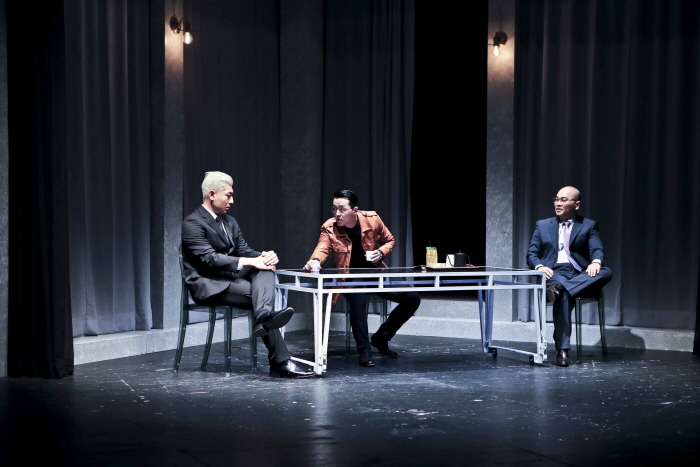
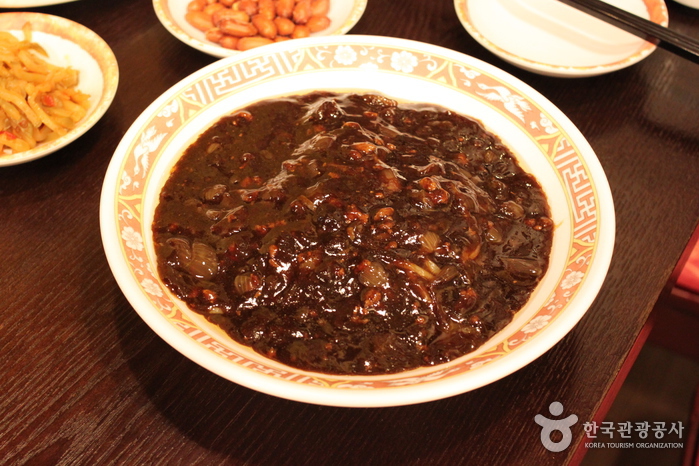

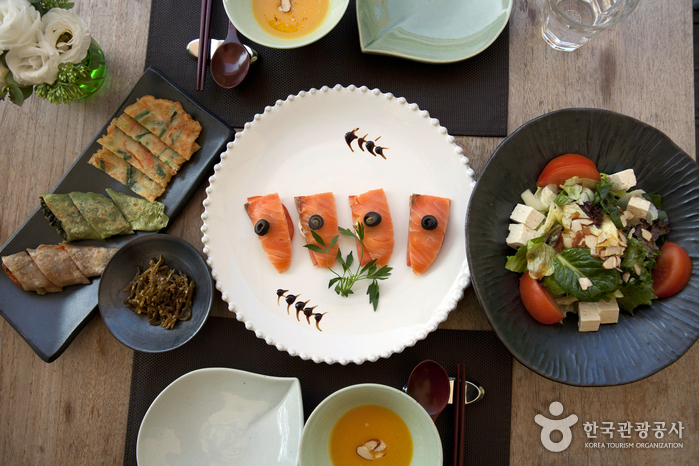
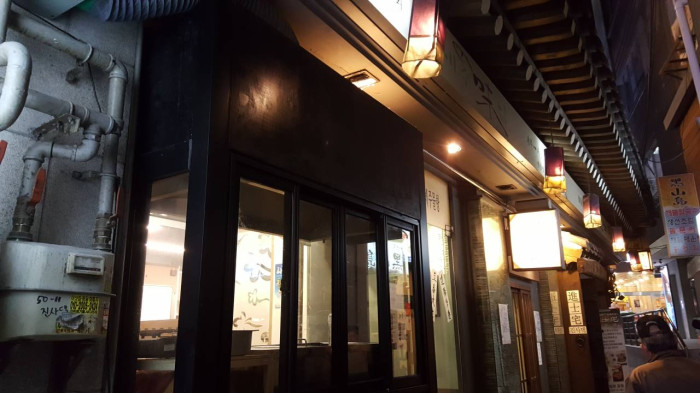
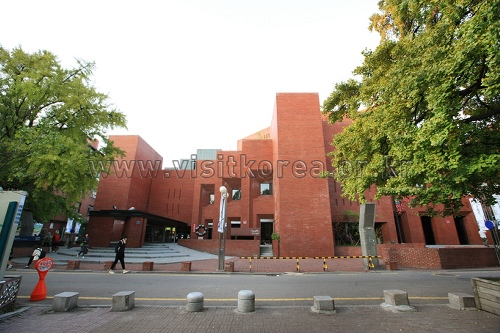
 English
English
 한국어
한국어 日本語
日本語 中文(简体)
中文(简体) Deutsch
Deutsch Français
Français Español
Español Русский
Русский